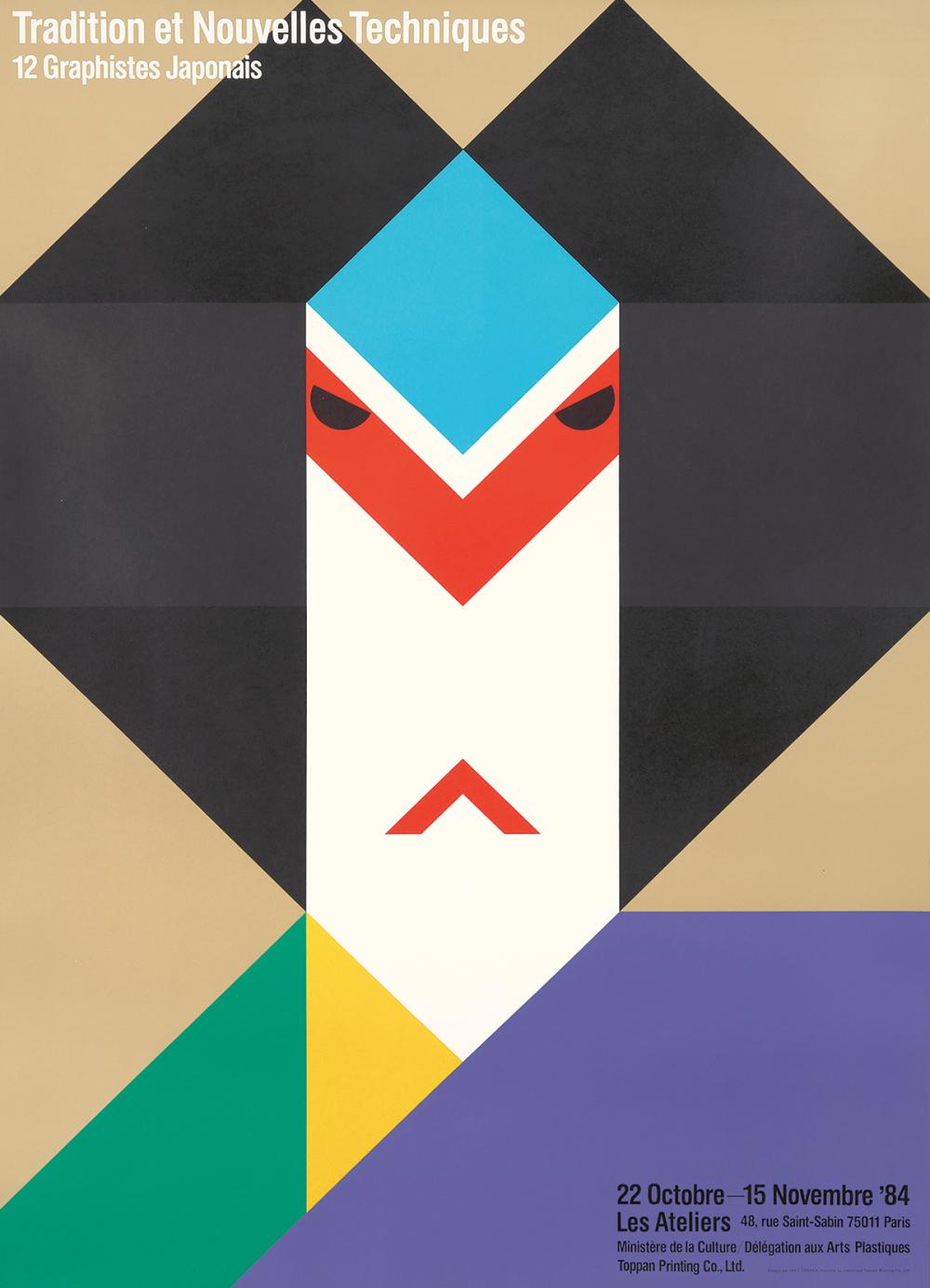
Ikko Tanaka: Bridging Tradition and Modernity
Share
Ikko Tanaka: A Bridge Between Tradition and Modernity - Poster Artist
Ikko Tanaka, a legendary Japanese graphic designer, was a master of seamlessly blending traditional Japanese aesthetics with modern design principles. His work, characterized by its minimalist elegance, bold typography, and striking imagery, has had a profound impact on the world of design. Tanaka's unique ability to capture the essence of Japanese culture and translate it into contemporary visual language has made him an iconic figure in the history of graphic design.
Early Life and Career
Born in Nara, Japan, in 1930, Tanaka's early life was immersed in traditional Japanese art and culture. He studied at the Kyoto City University of Arts, where he developed a deep appreciation for Japanese aesthetics. After graduating, he began his career as a graphic designer, working for various companies and eventually establishing his own studio, Ikko Tanaka Design Studio, in 1963.
A Fusion of Tradition and Modernity
Tanaka's work is characterized by a unique fusion of traditional Japanese design elements and modern Western aesthetics. He often drew inspiration from Japanese calligraphy, woodblock prints, and Noh theater, incorporating these elements into his designs in a fresh and innovative way. His minimalist approach, combined with the use of bold colors and striking typography, created a distinctive visual language that was both timeless and contemporary.
One of Tanaka's most significant contributions to the world of design was his work on the visual identity of the Expo '85 in Tsukuba, Japan. The logo, a simple yet elegant symbol, became a powerful icon for the event. Tanaka's design for the Expo showcased his ability to create a visually striking and memorable identity for a large-scale international event.
Collaboration with Muji
Tanaka also played a crucial role in the development of the Japanese retail brand Muji. As the brand's first creative director, he helped to establish its minimalist aesthetic and focus on simplicity and functionality. Muji's iconic branding, with its clean lines and understated typography, is a testament to Tanaka's influence.
Legacy and Impact
Ikko Tanaka's legacy extends far beyond his own work. He was a mentor to many young designers, inspiring them to push the boundaries of creativity and explore new ways of expressing themselves. His influence can be seen in the work of countless designers around the world, particularly in Japan, where his minimalist aesthetic continues to shape the country's design culture.
Tanaka's death in 2002 marked the end of an era, but his work lives on. His innovative approach to design, his ability to combine tradition and modernity, and his commitment to simplicity and clarity have made him a true icon of Japanese design.
References
Ikko Tanaka - Wikipedia: https://en.wikipedia.org/wiki/Ikko_Tanaka
Ikko Tanaka - Design Is History: http://www.designishistory.com/
Ikko Tanaka: A Bridge Between Tradition and Modernity: https://www.creativebloq.com/
Wikipedia contributors. (2023, September 28). Ikko Tanaka. Wikipedia, The Free Encyclopedia. Retrieved October 27, 2023, from https://en.wikipedia.org/wiki/Ikko_Tanaka
Design Is History. (n.d.). Ikko Tanaka. Retrieved October 27, 2023, from http://www.designishistory.com/
Creative Bloq. (2017, January 13). Ikko Tanaka: A Bridge Between Tradition and Modernity. Retrieved October 27, 2023, from https://www.creativebloq.com/
The Japan Times. (2017, January 13). Ikko Tanaka: The Master of Japanese Graphic Design. Retrieved October 27, 2023, from [invalid URL removed]




